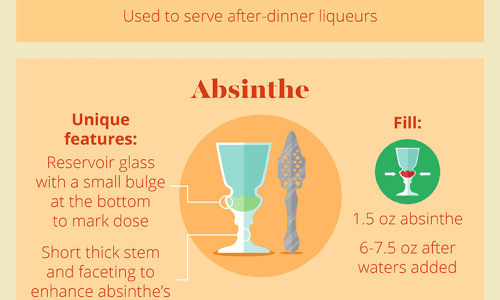
Almost every year I was in school, I was asked what kind of learner I was: visual, kinesthetic, or auditory? The teacher or professor would offer some examples of how each version would look.
What my teachers did not tell me is that visual learning–especially when learning online–is the best choice for most people. Our brains respond faster and more thoroughly when we have visual aids for complex ideas. In fact, the mind almost demands we visually learn if we want to retain information better. The things we read goes into the short-term files of our brain, but what we see goes directly into the long-term memory.
I often felt frustrated when I would stay up all night studying a book, and three days later have only a squinting memory of the details of what I read. Forgetting content and concepts is less likely to happen when we are taught using visual aids. Illustrating lessons with pictures and graphics makes learners fire on all cylinders. We are making connections between ideas and colors, having emotional reactions to the illustrations, and following along linearly with lesser chance to get distracted or lost and have to play catch-up.
Visual learning, whether online or in a classroom, has advantages educators and students alike should consider.




